 Louis Chevrolet (December 25, 1878 – June 6, 1941)
Louis Chevrolet (December 25, 1878 – June 6, 1941)
Louis Chevrolet’s successes as a race-car driver influenced his career. The daring and innovative Swiss-born driver’s courage and determination at the wheel of early racing machines gained the attention of pioneering auto industry mover and shaker William Durant. The Flint, Michigan-based automaker signed Chevrolet up to drive for his Buick racing team in 1909. A short while later, Durant and Chevrolet formed a partnership to produce an automobile bearing the Chevrolet name.
Durant was intrigued not only by Chevrolet’s performance as a race-car driver. Louis’ fine French-sounding family name sang of marketability to the entrepreneur. When the irrepressible Durant was ousted from GM in the midst of a 1910 financial crisis, he set out to re-enter the auto industry without missing a beat. Soon, he had an arrangement with Louis Chevrolet to build a car bearing the well-known racer’s name. On November 3, 1911, the Chevrolet Motor Car Company was incorporated.
Chevrolet proved to be a gifted automobile designer. One year after the Chevrolet Motor Car Company was established, the first car to bear his name—a thoroughly contemporary, powerful and luxurious car—rolled out of a pilot factory in Detroit. This $2,100 Chevrolet was introduced as the Type C Six for 1913.
When the two headstrong founders of the company, William Durant and Louis Chevrolet, met to discuss the positioning of their Chevrolet car lines for 1914, an argument developed. During a vacation taken by Chevrolet, Durant had restructured the company to focus on more affordable cars, which would compete with those manufactured by Ford. Chevrolet considered this an insult, as he himself had always been interested in building high-powered speed cars and other exclusive models.
If declarations made decades after the argument by both Durants widow and one of Chevrolets sisters are to be believed, it was a laconic comment made by Durant that triggered the break-up of the partnership. Durant had suggested that Chevrolet, now an executive in the automotive industry, should change from smoking his cheap blue collar cigarettes to more exclusive cigars.
Catherine Durant later said that her husband did not so much dislike the brand of the cigarettes, but the way in which Chevrolet held them in the corner of his mouth. In any case, this suggestion must have hurt Louis Chevrolet so much that he countered; I sold you my automobile, I sold you my name, but I shall not sell my personality to you.
Louis Chevrolet felt his influence slipping away, and perhaps the legendary ‘cigar/cigarette argument’ between him and Durant that abruptly ended their partnership was inevitable. In late 1913, Louis returned to the world of automobile racing, where he would become a legend in the storied history of the Indianapolis Motor Speedway, both as a driver and as a racecar builder. By 1915, he’d fully disposed of his financial holdings in the Chevrolet Motor Car Co.
Having moved to Indianapolis, Indiana to be near that city’s already famed speedway, Louis founded the Frontenac Motor Corporation in 1914. This resulted in the 1916 appearance of the Chevrolet brothers’ Frontenac racecar at the Indianapolis 500.
Frontenac Motor Corporation was the joint venture of Louis and Gaston Chevrolet. Louis returned to the Indy 500 racing circuit after leaving Chevrolet. His first year on the circuit, he drove a Cornelian, but the following year, 1916, he was behind the wheel of a car of his own design. The company was named Frontenac after the 17th century governor of France’s North American colonies. The Frontenac racecars were seen on the racetrack running strong in 1916 and 1917. Racing was suspended for a few years during World War I, and then the Frontenac was back up and running again until 1921, when the Chevrolet Brothers retired from racing
Louis and his brother Arthur established a new company and began developing a light aircraft engine called the “Chevrolair 333.” The firm was soon liquidated, after a disagreement between the two brothers set them on separate paths.
By 1929, Louis had founded the Chevrolet Aircraft Company in Indianapolis, which had to close shortly thereafter as a result of the ensuing economic crisis. In 1933, Louis received a patent for his innovative aircraft engine design, but it was of necessity assigned to a financier of his defunct company—who would go on to produce the engine. In the mid-1930s, during the depths of the Great Depression, Louis worked for a period as a mechanic in a Chevrolet axle plant in Detroit. He was later employed as a representative for an industrial cutting oil company, until failing health pushed him into retirement in 1938. Louis Joseph Chevrolet died in Detroit, on June 6, 1941, at the age of 62, three years after he had fallen seriously ill with a brain hemorrhage.
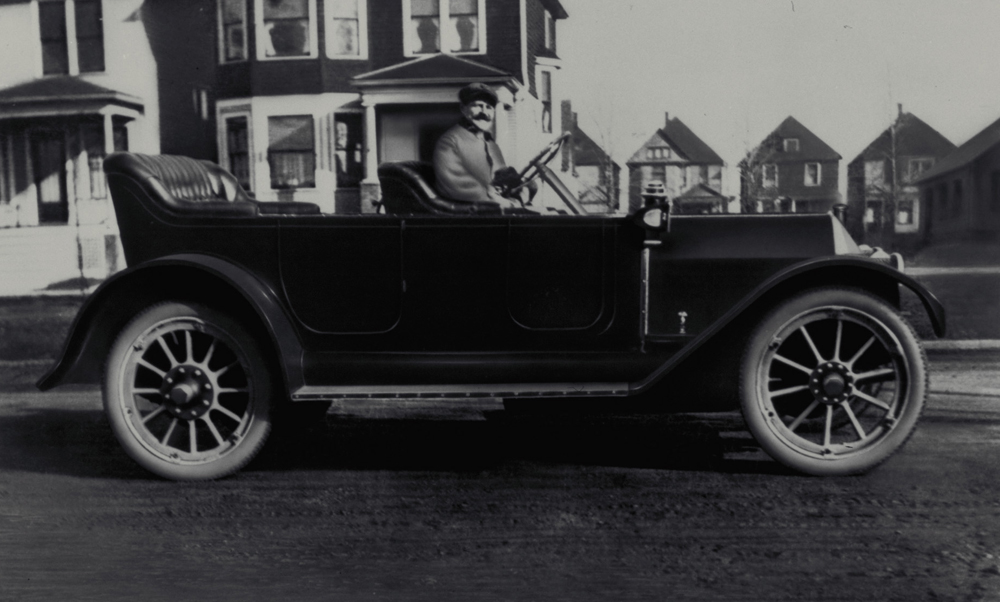
The Legend of Beaune
Like many inventors and pioneers, Louis Chevrolet (1878-1941), the racing driver and automobile designer, represents a challenge for any historian or biographer. Myths and legends surround him and his life. Numerous anecdotes have been told about his career. Today, it has become very difficult to differentiate between fact and fiction.
Chevrolet’s childhood and youth are well documented. In 1878, he was born on Christmas day in the town of La Chaux-de-Fonds in the French-speaking part of Switzerland. He spent his early childhood nearby in the sleepy little village of Bonfol. Even today, Bonfol remains a small town where the only reminder of its famous son is a memorial plaque on Place Louis Chevrolet.
When Louis was nine years old his family moved to Beaune in France. There, Louis’ father owned a watch store, but the venture was not successful. As a result, Louis started working at the age of eleven to support his family. He found employment in the Robin bicycle workshop, where he learned the fundamentals of mechanics. He repaired coaches and bicycles, until one day he was sent to the “Hôtel de la Poste” to repair a steam-driven tricycle belonging to an American.
This must have been the moment when Chevrolet fell in love twice. He fell in love with automobiles, and also with the idea of emigrating to America. The American, whose tricycle Chevrolet had skillfully repaired was none other than the multimillionaire Vanderbilt. Taken with the talent demonstrated by the young mechanic, Vanderbilt encouraged Louis to come to America: “We have work for you there!”
The truth in this rumor cannot be confirmed. However, the young Swiss did follow the call from across the Atlantic to fulfill his very own “American dream”.
The American Dream
Seeking opportunity in the fledgling auto industry, Louis Chevrolet initially went to Paris – then the European center of automobile production. During 1899, he learned the basics of the internal combustion engine in the workshops of automakers Darracq and Mors. Subsequently, he may have also worked for Hotchkiss. Chevrolet’s earnings in Paris funded a move to Canada, where he found employment as a chauffeur and mechanic for a few months. From there, he traveled to New York, where he was employed as a mechanic by fellow Swiss migrant William Walter, a pioneering automobilist. A short time later, Chevrolet joined the American subsidiary of the pioneering French automobile company, De Dion-Bouton.
In 1902, the De Dion-Bouton subsidiary was shut down and Chevrolet was out of a job. What was clearly a setback in his career proved to be a bonus on a personal level: While temporarily employed as a chauffeur for the Treyvoux family, he met his future wife, Suzanne. Wedding bells rang in New York in July 1905, and the couple was to be blessed with two sons: Charles, born in 1906 and Alfred, who followed in 1912.
In 1905, Chevrolet joined the American branch of the Italian automaker Fiat. Although he would not stay long at Fiat, Chevrolet’s fascination with engines reached yet another dimension while working there: Carried away with the notion of speed, he became a racing driver, as well as a skilled and innovative race car mechanic.
After a year with Fiat, Chevrolet moved to Philadelphia to work for the acclaimed engineer and inventor J. Walter Christie. In the Christie factory, Chevrolet was appointed first assistant in the development of a new racing car that would introduce a completely new concept: front-wheel drive.
“The Dare-Devil Frenchman”
As early as July 16, 1895, the “Journal de Beaune” reported a cycling race whose winner was the fearless Louis Chevrolet. Some 10 years later, in May 1905, Chevrolet’s name first appeared in press reports in connection with motorized races. Driving a massive Fiat racer at Morris Park, N.Y., Chevrolet broke the track’s flying-mile record with a 68-mph (109.7 km/h) run. He then went on to win a three-mile flying-start race at the same event.
The next year, during the 1906 speed trials at Ormond Beach, Fla., Chevrolet drove a French-built Darracq race car, powered by what was at the time a spectacularly powerful 200-hp V-8, to a then world-record speed of 118.7 mph (191.5 km/h).
On March 5, 1909, Chevrolet was engaged as a driver for William C. “Billy” Durant’s famed Buick racing team. Subsequently, Chevrolet’s successes as a race car driver multiplied. While brothers Arthur and Gaston would also race professionally, Louis generally lead the Chevrolet team when they competed together.
Despite all of the spectacular successes, Chevrolet paid a price for his racing career. Celebrated in the American press as “the dare-devil Frenchman,” he is said to have spent nearly three years in hospital beds as the result of various accidents. When the youngest Chevrolet brother, Gaston, died as the result of a racing accident in 1920, Louis vowed to never race again.
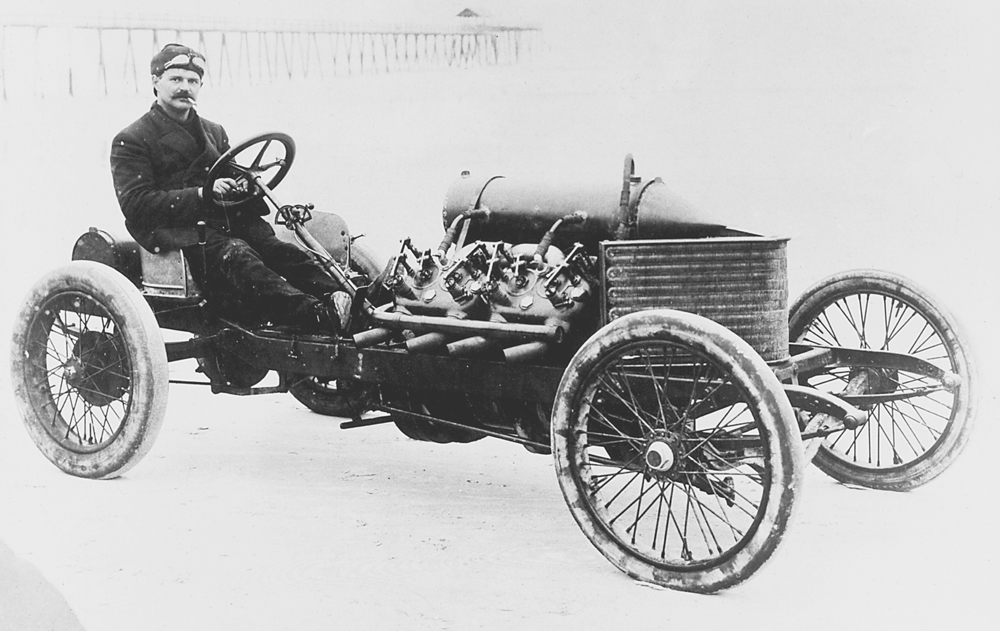
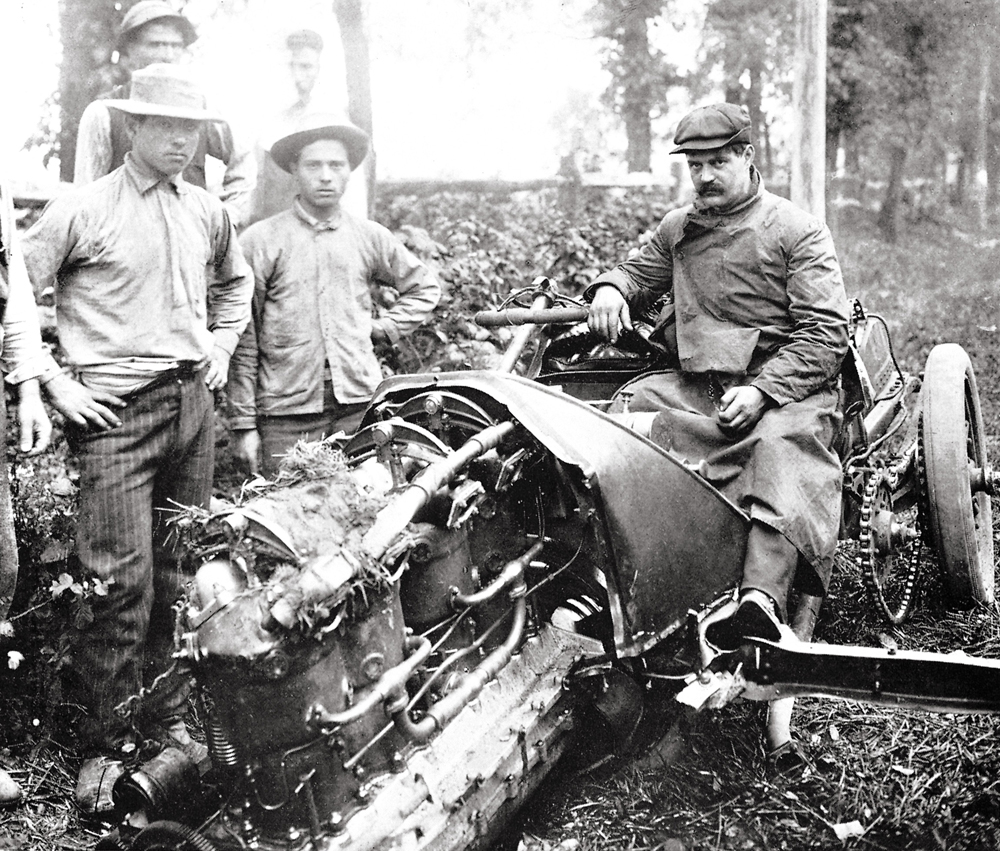
Until May 20, 1905, Louis Chevrolet was just another New York chauffeur. Given a chance that day to drive an underpowered Fiat in a timed event at the old hippodrome in Morris Park, he broke the great Barney Oldfield’s closed-course one-mile world record. On May 27, Chevrolet was back in the Fiat, this time in a head-to-head race against Oldfield and other daredevil drivers in a sport that had begun to captivate the country. He beat them all. It was front-page news in The New York Times. Next up was the Vanderbilt Cup, a road race on Long Island, where his dauntless driving brought him more notoriety.
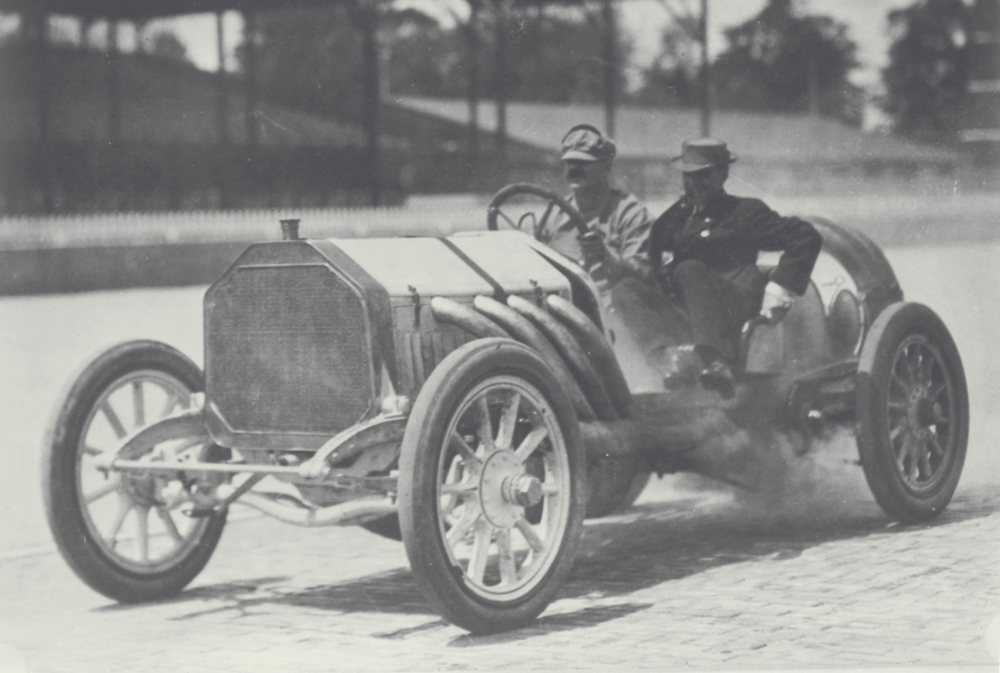
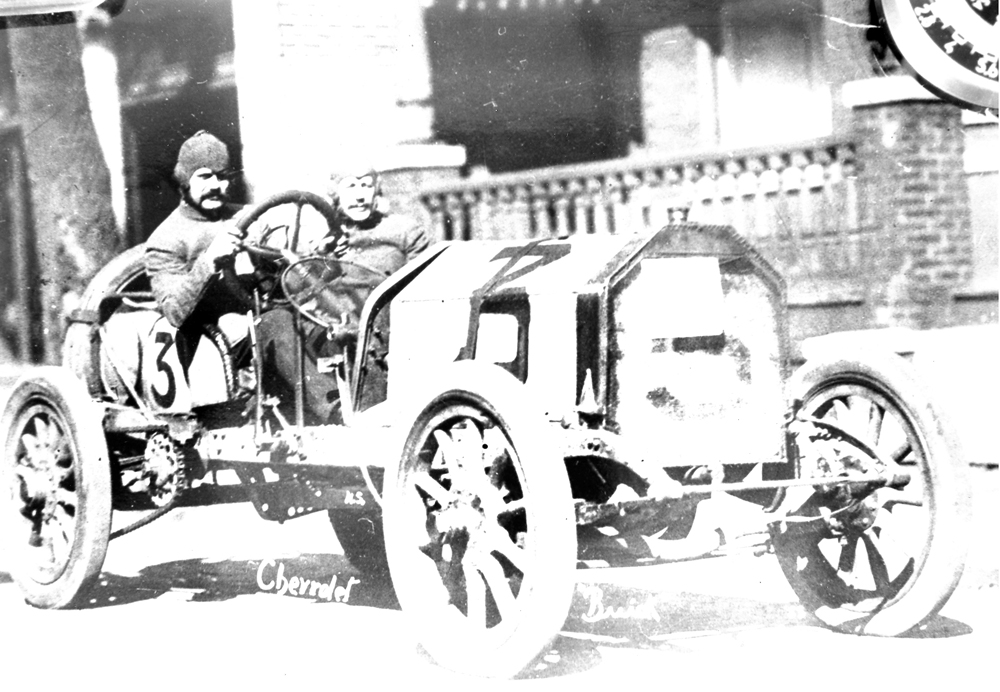
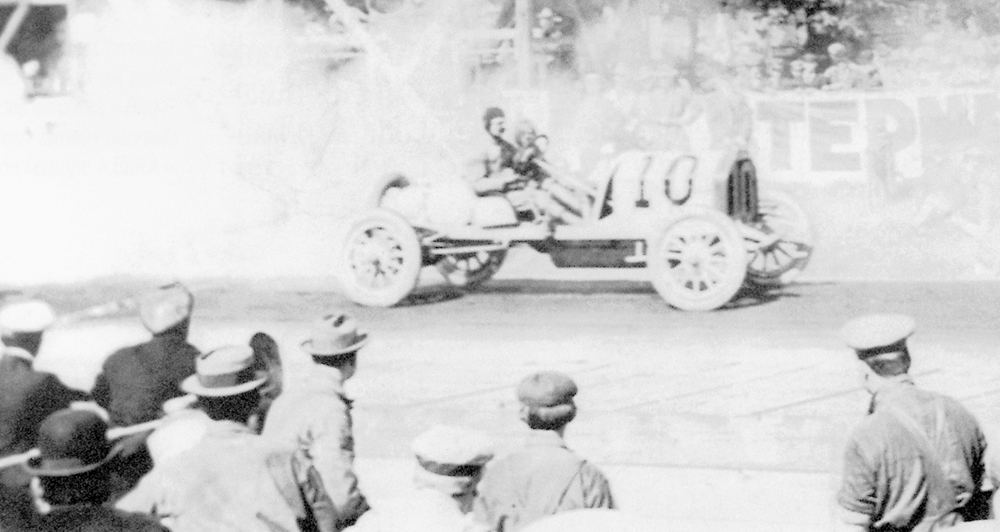
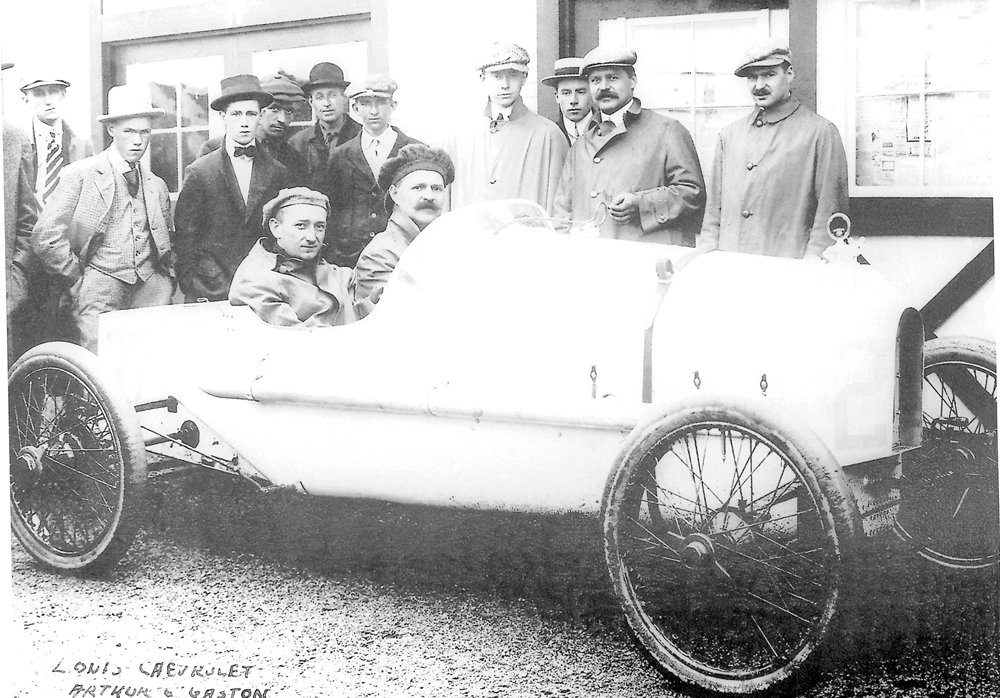
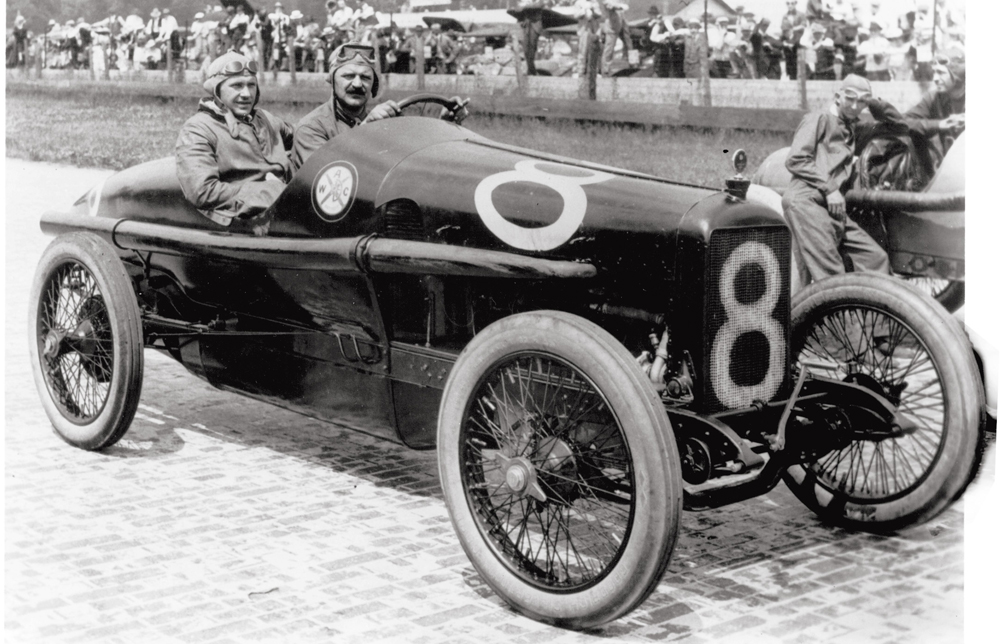
1911 – 1920: Louis, Arthur and Gaston Chevrolet compete at Indy
Although 2011 marks the 100th anniversaries for Chevrolet and the Indianapolis 500, the connection can be traced back to as early as 1905.
That year, Louis Chevrolet and Carl G. Fisher competed while touring the Midwest as daredevil drivers in racing exhibitions, and the excitement of automobile racing shaped the fortunes of both men.
In 1909, Fisher began building his brick-paved auto-racing track near Indianapolis as Louis Chevrolet became a nationally known celebrity driving for Billy Durant’s Buick racing team.
Impressed by Louis’s engineering abilities, Durant invited Chevrolet to partner on automotive projects, including designing a new car to be called a “Chevrolet.”Louis soon took a break from engineering to help his brother, Arthur, prepare a Buick for the inaugural 500-mile race at the Indianapolis Motor Speedway.
On May 30, 1911, Arthur Chevrolet drove 30 laps in the first Indianapolis 500 before mechanical problems sidelined his car. On November 3, 1911, Louis Chevrolet and Billy Durant incorporated the Chevrolet Motor Car Co. in Detroit.
Three years later, Louis Chevrolet sold his interests in the Chevrolet car company to Durant and moved to Indianapolis to pursue racing with his brothers. Louis competed in the 1915 Indianapolis race, lapping the track at more than 80 mph before dropping out with engine trouble. He returned for the 1919 Indianapolis 500 with brother Gaston, campaigning in cars from their own company, Frontenac Motors Corp. Louis and Gaston finished seventh and tenth, respectively. In 1920, Gaston won the Indy 500 in a Monroe-Frontenac, becoming the first winning driver to finish the race on one set of tires.
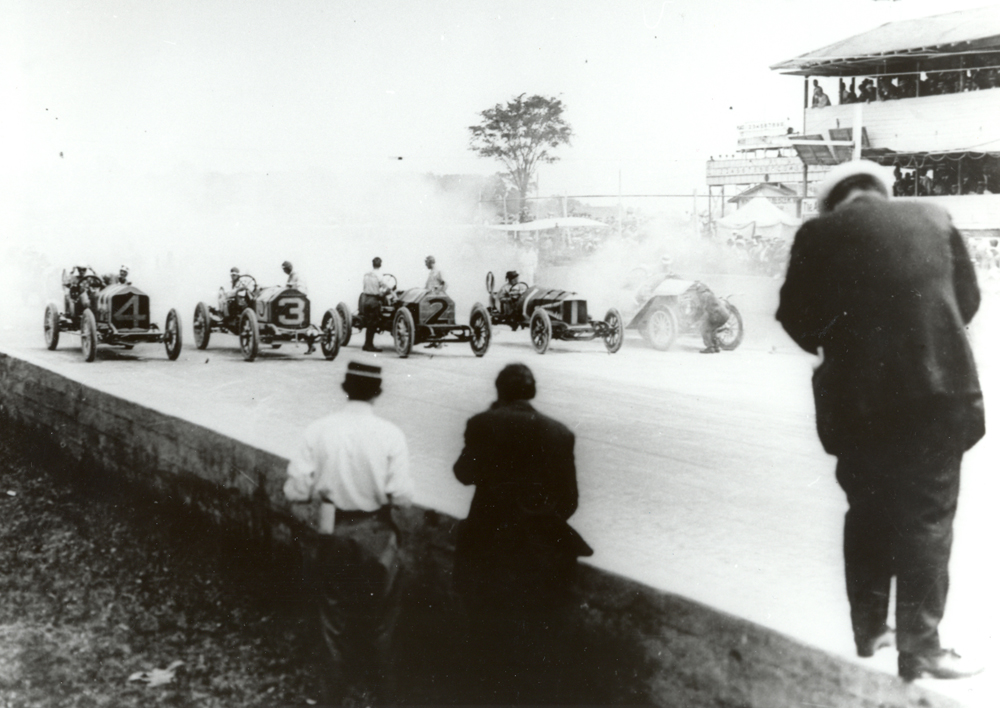
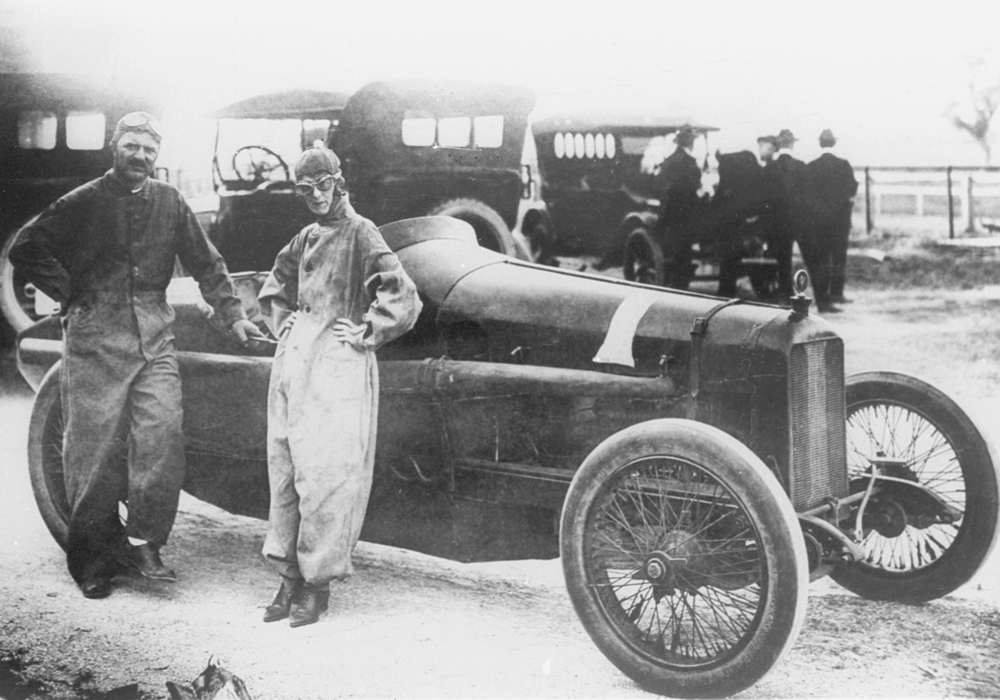

Louis Chevrolet at the Indianapolis Speedway in the company of three of his great contemporaries in the motor industry, Harry Miller and Fred and August Duesenberg
Harry Arminius Miller (1875–1943) was an influential and famous American race car builder, most active in the 1920s and 1930s. Cars built by Miller won the Indianapolis 500 nine times; three more instances were won by his engines running in other chassis. Miller cars accounted for no less than 83% of the Indy 500 fields between 1923 and 1928.
Frederick Duesenberg (1876–1932) and August Duesenberg (1879–1955) was German-American’s automobile pioneer manufacturer. The brothers founded Duesenberg Automobile & Motors Company in 1913, to build sports cars. The two brothers were self-taught engineers and built many experimental cars. Duesenberg cars were considered some of the very best cars of the time, and were built entirely by hand. In 1914, Eddie Rickenbacker drove a “Duesy” to finish in 10th place at the Indianapolis 500, and a Duesenberg won the race in 1924, 1925, and 1927. The fledgling company sidestepped into aviation engine manufacturing when Colonel R.C. Bolling and his commission acquired a license to produce the Bugatti U-16 for the U.S. military aviation. The end of the First World War stopped this project before it could ever mature. 1923 saw the only use of a Duesenberg as the pace car at the Indianapolis 500. In 1921, Jimmy Murphy became the first American to win the French Grand Prix when he drove a Duesenberg to victory at the Le Mans racetrack. In the 20’s and 30’s, The Duesenberg quickly became one of the most popular luxury cars as well as a status symbol in the United States and Europe, driven by the nobility, rich and famous
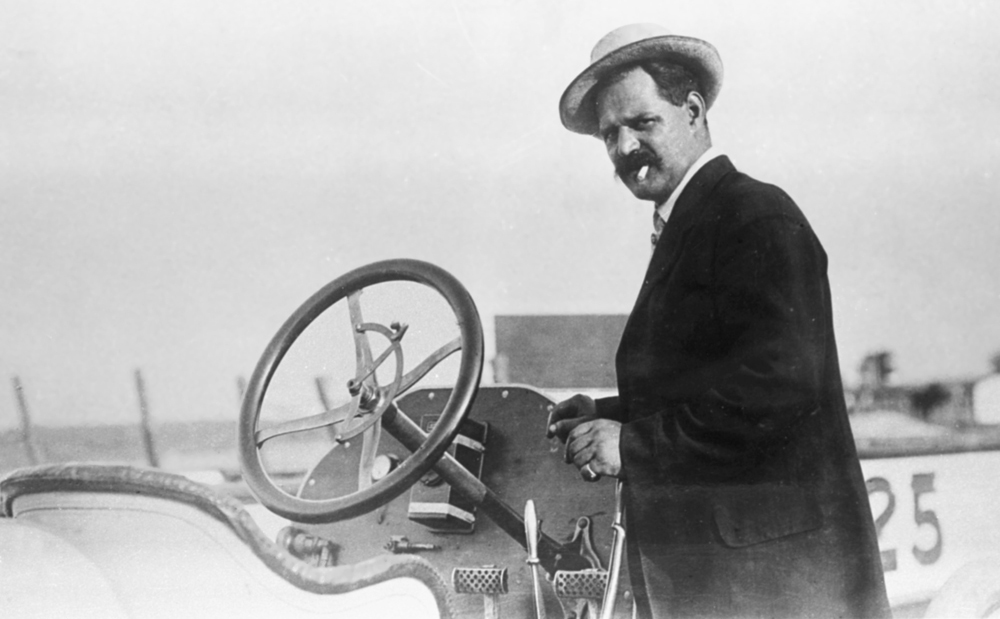
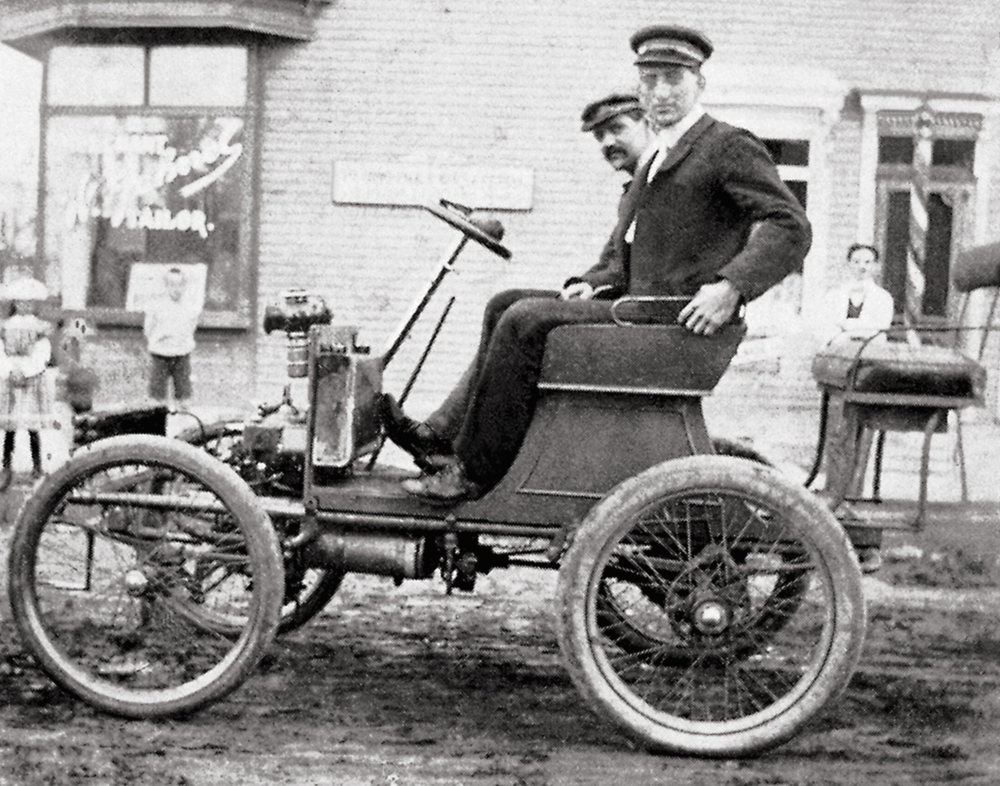

You must be logged in to post a comment.